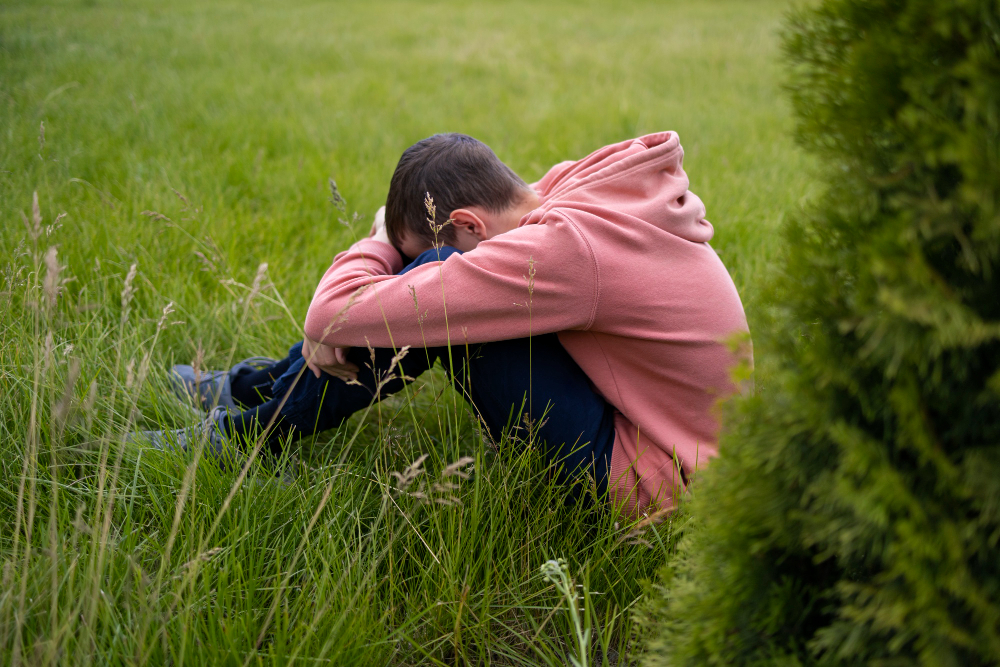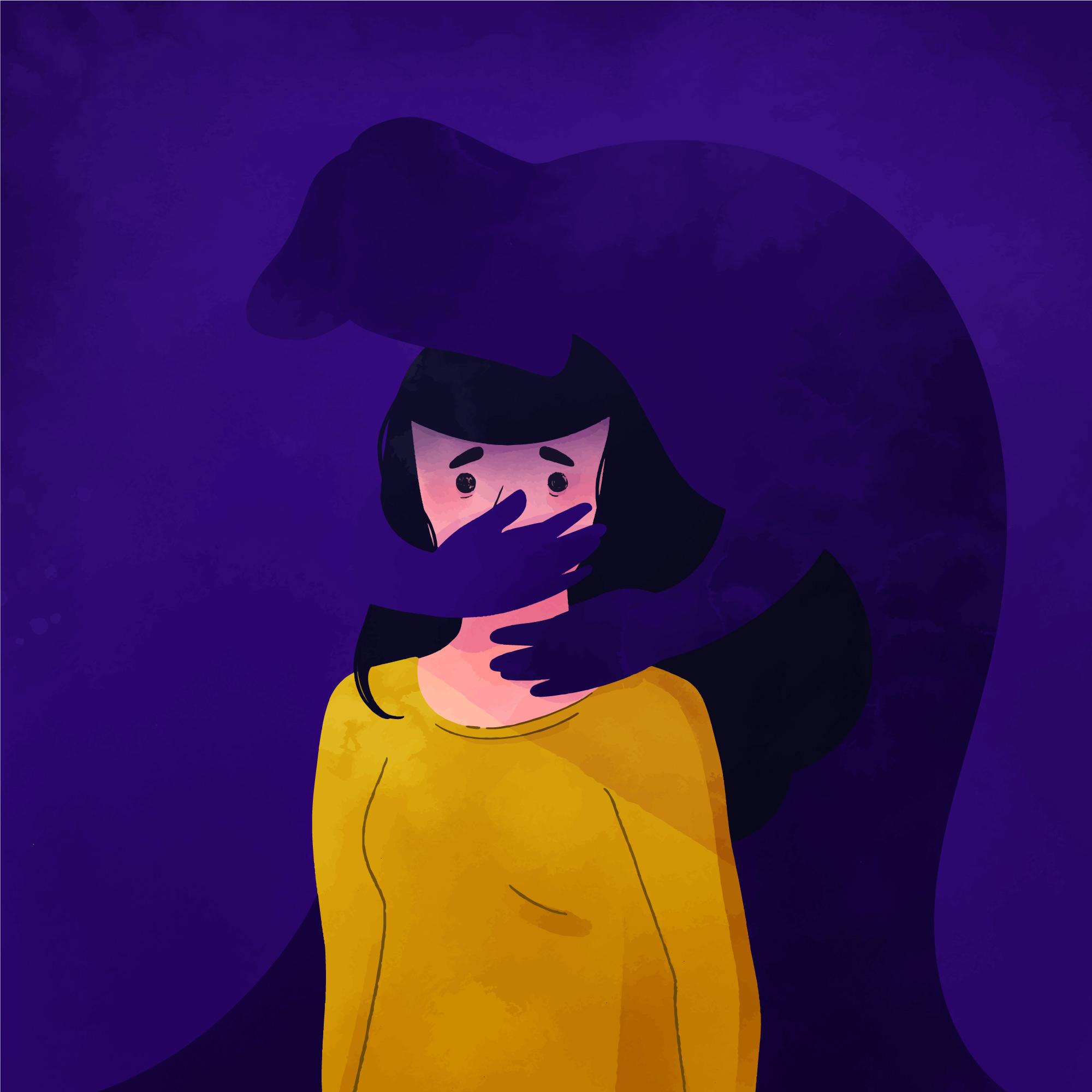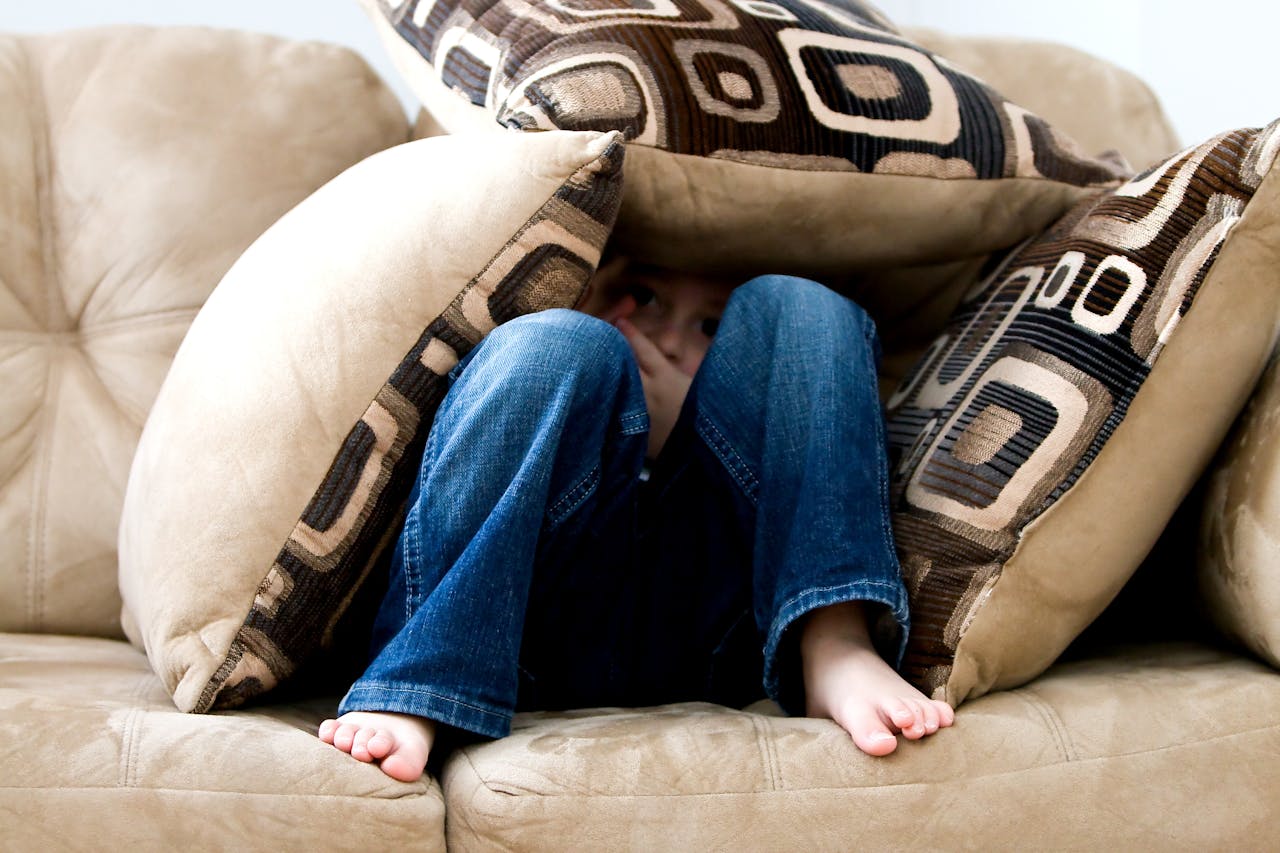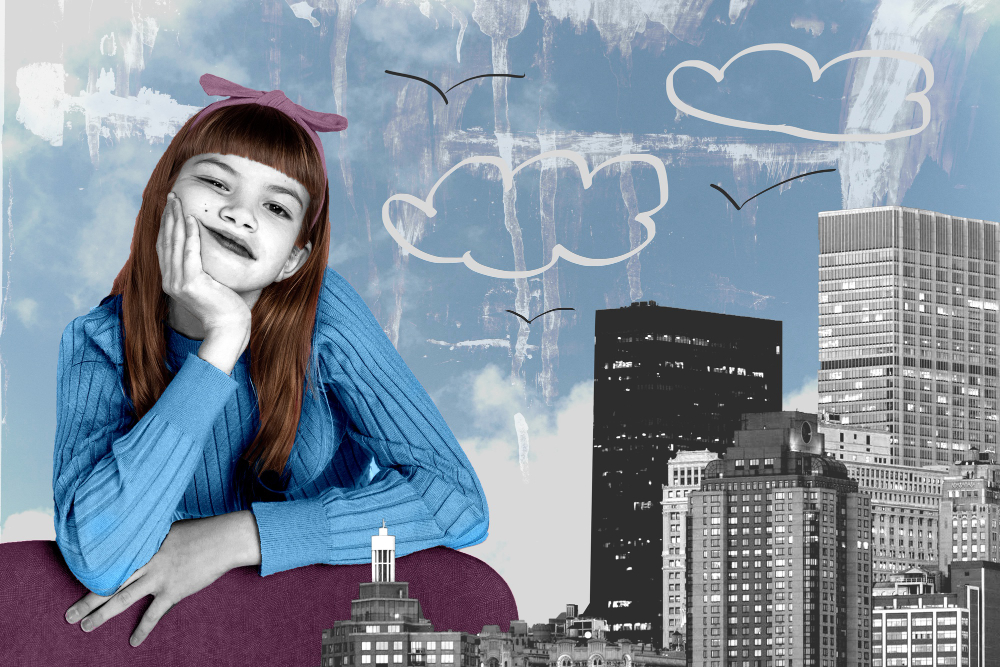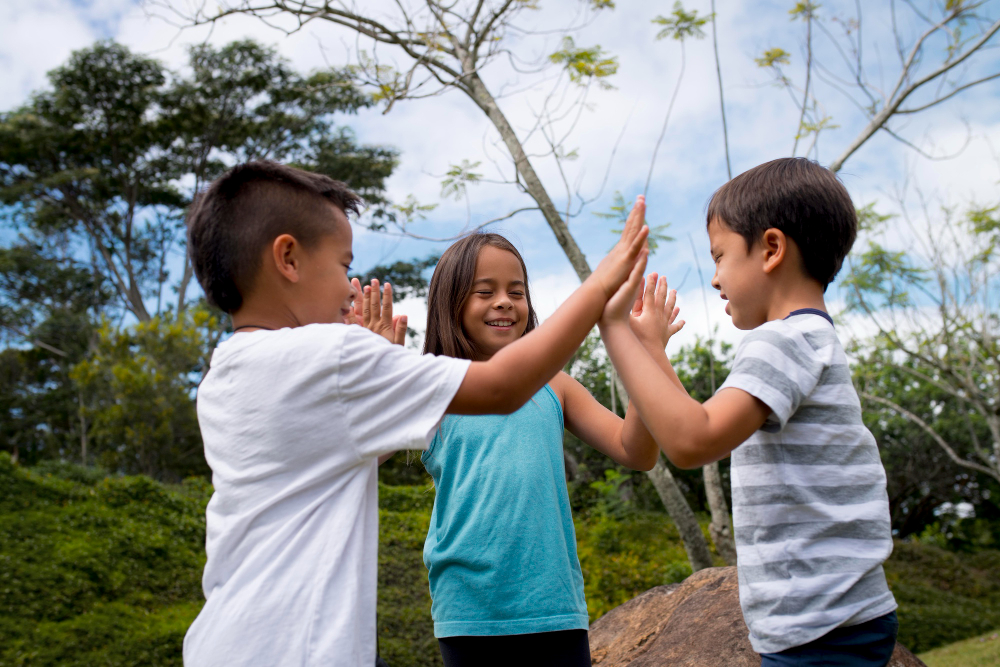A recent article by Serene Leeyc, titled Collective Punishment in Schools: Fairness or Fostering Division?, offers a welcome and accessible overview of collective punishment in school settings—a practice that, while common, remains shockingly under-examined in public discourse. The piece attempts to understand the teacher’s dilemma, surveys common classroom scenarios, and suggests positive alternatives like restorative justice and behavioural contracts.
As a parent of disabled children—and as someone who has spent years trying to protect them from exactly this kind of institutional harm—I’m grateful that the topic is being raised at all. And yet, I also find myself deeply unsettled by what the article leaves out.
What follows is both a response and a reckoning. Because when collective punishment enters a classroom, fairness fractures. And unless we say so clearly, that fracture continues to widen—until students fall through.
Framing harm as an accident erases its impact
The article begins gently, almost apologetically, by noting how stressful classroom management can be, and how tempting it may feel for teachers to rely on group discipline in a moment of overwhelm. It outlines familiar examples—shortened recess, cancelled gym, whole-class detentions—and attempts to explain the logic behind these choices. In this version of events, collective punishment is framed as a misguided but well-meaning effort to promote peer accountability, model shared responsibility, and reduce the individual burden on teachers.
There is truth in that framing. Teachers are overwhelmed, under-resourced, and increasingly unsupported by the systems they are tasked with upholding. But by centring the teacher’s intention and avoiding the language of systemic harm, the article fails to grapple with what collective punishment actually does. It hurts children. It erodes trust. It punishes innocence. And it tells students, again and again, that their proximity to another child’s disruption is more powerful than their own integrity.
Framing harm as a behavioural misstep, rather than a systemic injustice, allows it to persist unchallenged.
Whose behaviour are we correcting, and at what cost?
The article attempts to hold fairness and expediency in balance—but it does so without naming the underlying dynamics of power, control, and institutional logic. The phrase discipline master appears without critique, though its colonial and carceral overtones are impossible to ignore. The practice of punishing all for the actions of one is described as common in sports teams and the military, without asking whether such hierarchical systems of compliance belong in inclusive, democratic classrooms.
There is no mention of which children are most often targeted. No recognition of how disabled, racialised, or neurodivergent students are already hyper-visible in classrooms where behaviour is policed and conformity is rewarded. No reflection on how students with sensory processing differences, trauma responses, or unmet communication needs may be repeatedly punished for behaviours that arise from nervous system distress—not malice or choice.
In short: there is no power analysis. And without it, any conversation about fairness remains partial at best—and complicit at worst.
Disability, trauma, and the unspoken cost of control
What does it mean to a child with a disability diagnosis—or no diagnosis, but many needs—to be punished for someone else’s actions? What does it mean to a girl who has spent all day masking her distress, only to lose her one safe outlet? What does it mean to a racialised student already navigating implicit bias and disciplinary surveillance, to be held responsible for peer misbehaviour they didn’t even witness?
For children with trauma histories, collective punishment often reenacts the very dynamics they are working to heal. The experience of being blamed, shamed, or excluded for something beyond their control is not just unfair—it is retraumatising. And when schools respond to distress with discipline, rather than support, they cement a message that safety is conditional, belonging is contingent, and their pain is irrelevant.
The article touches briefly on “psychological consequences” but does not trace their source. It frames student disengagement as a side effect, rather than a predictable and rational response to unjust systems.
Institutional gaslighting and the erasure of family truth
Parents who object to collective punishment often encounter a wall of bureaucratic deflection: policies that refer vaguely to “classroom management,” educators who insist the practice is “motivational,” administrators who suggest their child might benefit from “peer learning” and emphasising teacher autonomy in making such classroom decisions. We are told that the punishment had to be swift, as the child was not following the code of conduct.
This is gaslighting by policy. And it leaves families doubting what we saw, what our children felt, and what we are allowed to name as harm.
By refusing to address this institutional minimisation, the article misses one of the most critical dynamics at play: collective punishment often hides behind euphemism. It is enacted without documentation, justified through omission, and reinforced through silence. And when families speak up, we are treated as adversaries instead of witnesses.
-
Parenting through gaslighting and grief
In the early days, our relationship was luminous, almost feverishly bright with attention and agreement and what I understood then as love—its intensity, its precision, the way it seemed to reach for every part of me, even the parts I kept hidden, even…
The alternatives offered are useful—but incomplete
The article ends with a range of promising alternatives, from restorative circles to behavioural contracts to peer reflection sessions. These are thoughtful suggestions, and many have merit. But each one requires careful framing, trauma-informed delivery, and a culture of trust that cannot be manufactured through structure alone.
- Restorative justice can become coercive if students are pressured to perform apology without safety or consent.
- Behavioural contracts can be weaponised if used to enforce compliance instead of support.
- Peer accountability can lead to surveillance or ostracisation if relationships are already frayed.
- Reflection sessions are valuable—but only if students are allowed to speak honestly, without fear of punishment for dissent.
Without a structural commitment to equity and a deep understanding of neurodivergence, these tools risk becoming performative—solutions in name only.
What the article gets right—and what must still be said
The article makes a clear and important statement: collective punishment is unfair, ineffective, and harmful to classroom cohesion. It invites teachers to reflect, families to notice, and schools to consider more humane alternatives. That is valuable work, and I am grateful it exists.
But I also believe we must go further. We must name collective punishment not simply as poor pedagogy, but as a violation of children’s rights. We must recognise its disproportionate impact on disabled, racialised, and traumatised students. We must stop using words like “discipline” to mask the reality of harm. And we must speak with moral clarity about what children deserve: not compliance, but safety; not group penalties, but individual care; not fear, but belonging.
-
What replaced the strap in Canadian schools?
They took the strap away—or at least, they removed the physical instrument, the leather loop of institutional discipline that had once been the sanctioned mechanism of control in classrooms across the country. Even if we never felt it on our own skin, we…
A closing word for the children caught in the middle
To every child who sat on the bench while others played, who missed the trip they looked forward to, who heard a teacher say “You’re all staying in” when they did nothing wrong—I believe you. Your experience matters. Your distress is real. And the fact that it happened to everyone does not make it right.
Fairness is not about treating everyone the same. Fairness is about responding to each person’s truth with dignity, care, and respect.
Collective punishment fails that test. And we deserve a system that passes.
-
What if everyone got punished because of something I did?
If something happened in class—like you had a hard moment, spoke out, made a noise, or got overwhelmed—and then the whole group got punished, you might be feeling confused, ashamed, or like everything was your fault. You are not the only one. And…
-
What if I got punished for something I didn’t do?
If you’ve been punished, blamed, or left out at school because of something another student did, you’re not alone. This page is for kids and teens who didn’t cause the problem—but got caught up in the consequences anyway. That’s called collective punishment, and it’s not fair.…

